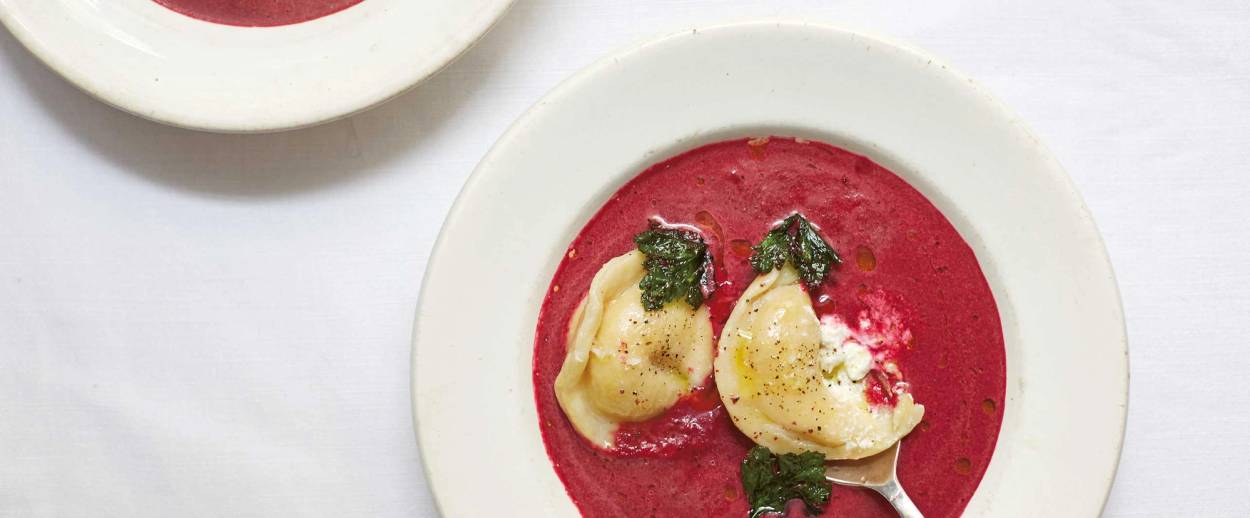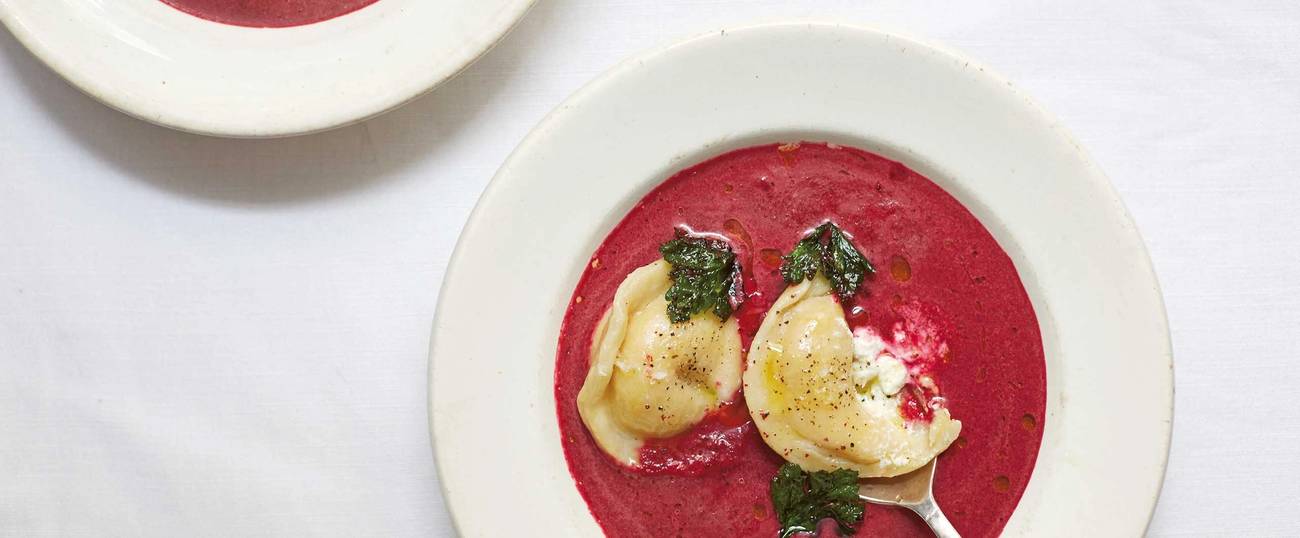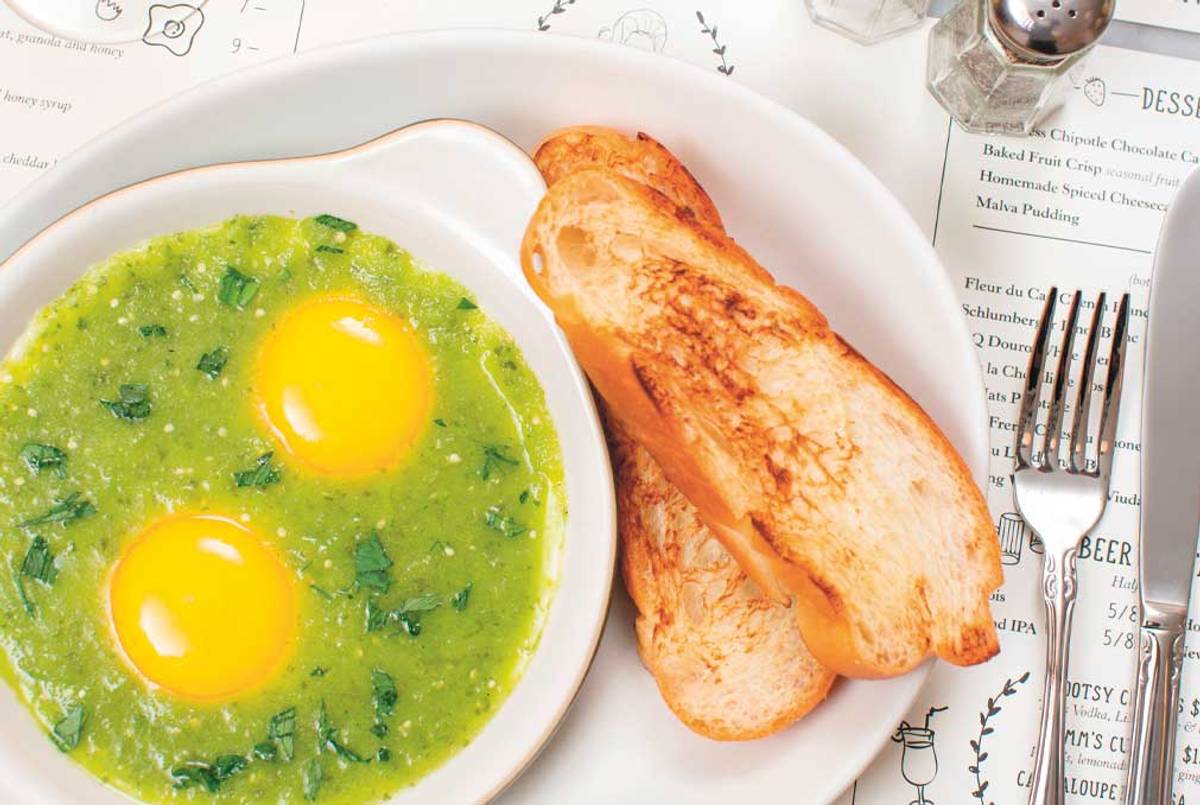From the Menu to Your Kitchen
The Palomar and Jack’s Wife Freda—two popular Jewish restaurants—bring their recipes and their respective personalities to new cookbooks




It’s a boom time for Jewish restaurants. From artisanal delicatessens serving up house-made pastrami with pickled mustard seeds to nouveau Israeli eateries slinging za’atar-topped shakshuka, global Jewish cuisine has found its way to the front page of dining culture, both in America and abroad. And wherever there are great restaurants, cookbooks eventually (and in some cases, quite quickly!) follow.
Jewish-restaurant cookbooks date back at least as far as the 1930s when Fania Lewando, owner of a popular vegetarian eatery in pre-WWII Poland, published a collection of 400 meat-free dishes, many of which she served to her customers. In the following decades, classic American Jewish restaurants from The Second Avenue Deli to Ratner’s also produced cookbooks of their famed recipes. And in recent years, a slew of restaurants like Brooklyn’s Mile End, Manhattan’s Balaboosta and Breads Bakery, and Philadelphia’s Zahav have jumped into the publishing fray. It’s enough to keep a home cook elbow deep in chicken soup for a lifetime.
This March, two books joined the Jewish-restaurant-cookbook canon: Jack’s Wife Freda: Cooking From New York’s West Village, and The Palomar Cookbook: Modern Israeli Cuisine from London.
Both restaurants have overtly Jewish menus (though they are not kosher), and are beloved within their communities. Jack’s Wife Freda is a laid-back hangout, and in some cases a second home, for the stylish Manhattan set. It’s a place where Carrie, Miranda, Samantha, and Charlotte would have met for eggs and mimosas (or perhaps Israeli-style mint lemonade), had the restaurant existed during Sex and the City’s run. But it’s also a place where children draw on placemats while waiting for their chicken-schnitzel tenders, and neighborhood regulars show up for breakfast still wearing Spandex and sweaty ponytails from their morning yoga class.
The Palomar, meanwhile, is more intentionally flamboyant—a place to eat, drink, and be seen, as London illuminati like Gwyneth Paltrow and Stella McCartney are known to do. It is a place where the chefs do shots with customers, and the vibe feels like a Tel Aviv nightclub, but with exceptional food.
The new cookbooks manage to capture their restaurants’ essences between book covers. Jack’s Wife Freda portrays the restaurant’s homey vibe with airy, sun-drenched photographs of the dishes and of diners raising their glasses across food-strewn tables. And the introduction, which at 12 single-spaced pages is significantly longer than most, meticulously chronicles the multiple overlapping stories that brought the restaurant into existence.
Readers learn that Jack and Freda were co-owner’s Dean Jankelowitz’s grandparents—sweethearts who sat at the center of an extended Jewish family in South Africa, cooked and entertained often (their home was “filled with warmth and love and free of complication,” Jankelowitz said), and died within months of one another. They learn how Jankelowitz’s wife and co-owner, Maya, moved from upstate New York to Israel with her family as a young girl, finding the experience at once “alluring” and “disorienting.” And they learn that Jack’s Wife Freda opened shop in January 2012, starting a fast and furious love affair with Manhattan’s West Village.
The introduction borders on overkill, but by the end, one does feel a deep sense of intimacy with the owners and the space—even without ever having eaten there. More important, the book’s opening words serve as a lavish entrée to the contents inside, mirroring the Jankelowitzes’ homey, welcoming philosophy of food and family at their restaurant.
And then there are the recipes. Jack’s Wife Freda, which has two locations within walking distance of one another, is known for its upscale approach to global Jewish comfort food. There are rosewater waffles and green shakshuka, turned verdant by a hit of fresh cilantro. There’s crispy fried gefilte fish, and chicken soup floating with savory duck-fat matzo balls. The dishes in the cookbook are unfussy and bright, translating seamlessly to the home kitchen because the restaurant itself is essentially an extension of the Jankelowitzes’ home.
The Palomar Cookbook, meanwhile, skews significantly more “chef-y.” That makes sense. At the helm of the buzzy restaurant are Assaf Granit, Uri Navon, and Yossi Elad, the boisterous trio who founded the immensely popular Machneyuda restaurant in Jerusalem. Joining them are Layo and Zoë Paskin, a London-born, Jewish brother-sister team who cut their teeth in nightclubs before venturing into the food world.
Within weeks of opening in 2014, with chef Tomer Amedi running the kitchen, The Palomar became the place to eat and be seen. Never mind that London was already home to another Jerusalem-to-London food power duo, Yotam Ottolenghi and Sami Tamimi. Not long after opening, a cookbook deal for The Palomar followed. Interestingly, The Palomar’s predecessor, Machneyuda, does not have a cookbook—not yet, anyway. (A handful of the recipes in the book, like the Jerusalem-style polenta, are served at both restaurants.)

The book’s photography conveys the restaurant’s flair for drama and extravagance. In one picture, a blackened cauliflower served over labneh is shown stabbed through with a steak knife. Another features an open oven, ablaze with wild flames as the eggplants inside char and soften, destined to become baba ghanouj. There are multiple shots of people with hands in mouths, licking sauce off their fingers, stuffing a bite into a friend’s grinning face, and enjoying the full, multisensory experience of eating great food. Speaking of “shots,” a small booklet in the center of the cookbook shares recipes for The Palomar’s signature cocktails, including Lion’s Milk, made with homemade almond milk, orange bitters, and the anise-scented Middle Eastern liqueur arak.
Most of the recipes in the cookbook are fairly involved, with multiple components that come together on the plate. A confident home cook would have fun attempting the rose-scented malabi pudding with its accompanying raspberry coulis, pistachio brittle, and coconut meringue. Newer cooks might prefer to start with one of the book’s more straightforward dishes—the chickpeas with spinach and yogurt, say, or the Earl Grey-infused honey cake.
***
On first thought, it might seem counterintuitive for a restaurant to publish a cookbook. If it give aways its recipes and techniques, will people still come to eat? But books are a wonderful marketing tool, and a way for a restaurant to share its story and food beyond the scope of a geographically limited dining audience. One look at the Ottolenghi empire indicates how a cookbook can elevate a restaurant and its chefs to the next level.
More than ever, today’s most successful restaurants face big pressure to publish. “Starting at about six months after opening, many restaurants are hounded by publishers and agents to write a book,” said Paula Forbes, formerly of Eater, who has been contributing regular cookbook reviews for Lucky Peach magazine. The rush, of course, is financially driven. “Publishers want to get to them before another one can,” Forbes said.
Case in point: News dropped last May that chef Alon Shaya, of the hugely successful modern Israeli restaurant Shaya in New Orleans, nabbed a book deal, just one year after opening. On the other end of the spectrum, Zahav’s Michael Solomonov waited the better part of a decade to release the restaurant’s namesake book, which ended up winning a Cookbook of the Year nod from James Beard in 2016.
In some cases, a book deal can end up being premature. “Great restaurants take time to settle into what they are going to be,” Forbes said. “Writing a book too soon defines their mission before the enamel has a chance to set.” Cookbooks also take a lot of work to produce—much more than even chefs, who spend their lives with food, often realize. Many restaurant cookbooks are created in partnership with a recipe developer or co-author who helps to adapt the restaurant’s dishes to fit into a home cook’s kitchen. Still, for the year (or two, or sometimes longer) that the manuscript is being produced, a chef’s attention is split between the kitchen and the page.
While still relatively young, five years and three years, respectively, Jack’s Wife Freda and The Palomar seem to have solidified their restaurants’ voices. They know who they are, and it shows on the pages of their cookbooks. And if the tide—and menus—change, there can always be a sequel.
***
Like this article? Sign up for our Daily Digest to get Tablet Magazine’s new content in your inbox each morning.